“This may be the oldest problem in the history of humanity.”
You may already know that around 2000 BC, the ancient Egyptians were the first to use the concept of fractions. They represented it with a hieroglyph resembling an eye without a pupil. For example:
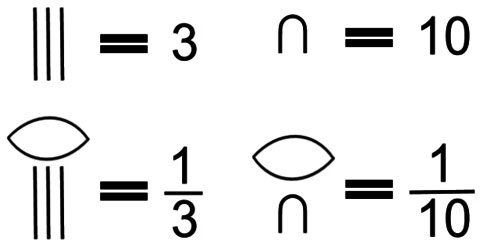

The introduction of fractions greatly aided the daily lives of Egyptians, such as dividing food or wages among workers who participated in pyramid construction.
However, there is a peculiar fact you may not know: Egyptian fractions rarely have numerators greater than 1; almost all fractions they used are of the form 1/x. For example, if the ancient Egyptians had a bucket of water filled to 3/5, they would never divide the bucket into 5 parts and say it was filled to 3 parts.
Instead, the ancient Egyptians would see that the bucket was half full, plus an additional 1/10. And indeed: ½ + 1/10 = 3/5.

The reason why Egyptians used a fraction system with a numerator of only 1 is unclear. Yet, remarkably, this system proved to be extremely useful. For instance: A foreman at the pyramid needed to divide 6 loaves of bread among 6 laborers. But today, the paymaster said they only had 5 loaves left. How could they evenly distribute those 5 loaves?
If using the fraction 5/6, you would have to cut each loaf into 6 equal parts, then each laborer would receive 5 parts. However, the ancient Egyptians applied a simpler calculation with 5/6 = 1/2 + 1/3.
Thus, you would only need to cut 3 loaves in half and cut the remaining 2 loaves, each into three. This way, each laborer would receive half a loaf and another 1/3 of a loaf. Quite clever, isn’t it?
The ancient Egyptians realized they could always divide a loaf into parts, represented by a set of fractions with a numerator of 1. For example: 1 = 1/2 + 1/3 + 1/6. But it could also be 1 = 1/2 + 1/3 + 1/7 + 1/42. 1 = 1/2 + 1/3 + 1/12 + 1/18 + 1/36 as illustrated below:
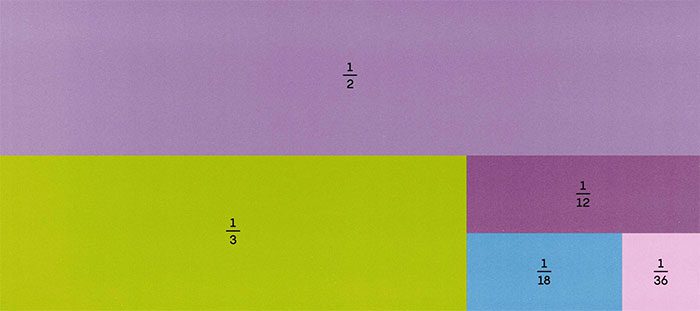
This reality was summarized by mathematicians Paul Erdős and Ronald Graham into a problem in the 1970s: Given a set of positive integers in an arithmetic progression (meaning each number is larger than the previous), as long as the set is large enough, you will always find a subset of numbers whose reciprocals sum to 1:
For example, consider the set of consecutive even numbers {2, 4, 6, 8, 10, 12,…}. Oh, no need to count anymore; we already have 2, 4, 6, and 12: 1/2 + 1/4 + 1/6 + 1/12 = 1.
Now with the set of consecutive odd numbers {1, 3, 5, 7, 9, 11, 13, 15, 17…}, it’s a bit more complicated, but surprisingly, if you calculate, you’ll find:
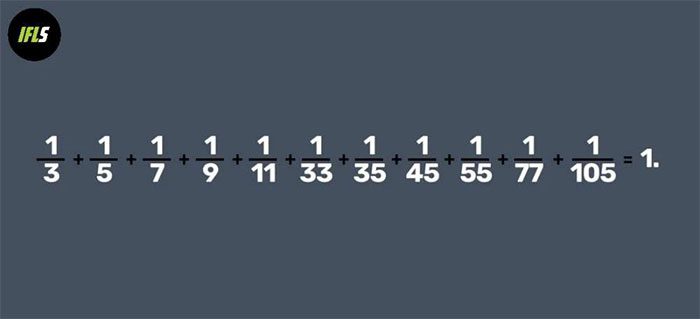
The problem is that simple, but proving it is not easy at all. Carl Pomerance, a mathematician from Dartmouth College, stated: “This may be the oldest problem in the history of humanity to date.”
“I think the solution to this problem is impossible; no one will be able to find it. I myself do not see any clear approach to solving it,” added Andrew Granville, a mathematician from the University of Montreal.
But surprisingly, recently a mathematician at the University of Oxford, England, named Thomas Bloom, solved it in a remarkably simple way. Bloom first read about this problem last September in a 20-year-old paper.
This paper belonged to a mathematician named Ernie Croot, who solved what is known as the colored version of the Erdős-Graham problem. In it, all numbers are randomly arranged into different groups designated by colors: some numbers in the blue group, others in the red group, etc. Erdős and Graham predicted that no matter how many different groups are used in this arrangement, at least one group must contain a subset of integers whose reciprocals sum to 1.
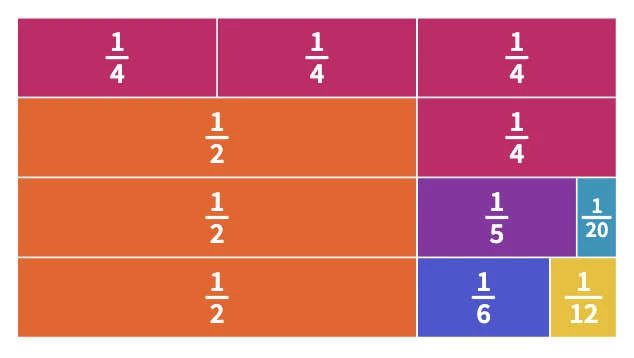
However, Croot’s solution required a series of complex mathematical methods such as harmonic analysis—a branch of mathematics closely related to calculus—to confirm the Erdős-Graham prediction. His paper was published in the Mathematical Chronicles, a leading journal in the field—this is the paper Bloom read.
Additionally, when arranging numbers into groups, Croot aimed to avoid composite numbers with large prime factors. The reciprocals of those numbers tend to contribute to fractions with large denominators rather than reducing to simpler fractions that are easier to combine to form 1.
Thus, Croot proved that if a set contains enough numbers with relatively small prime factors, it must always contain a subset whose reciprocals sum to 1. This was sufficient to prove the colored version of the Erdős-Graham problem.
But in its more general version, mathematicians cannot simply choose the most convenient color arrangements. They may have to find solutions for color arrangements that do not contain any numbers with small prime factors—in which case Croot’s method does not work:
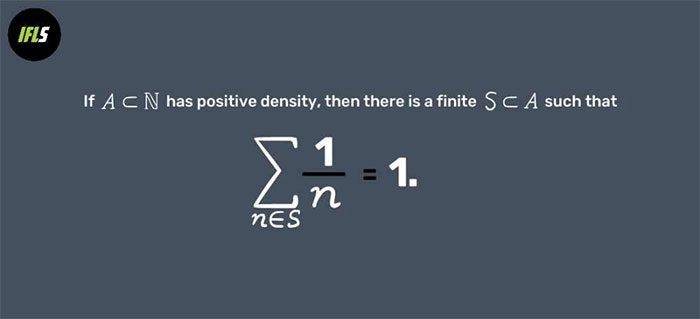
It took two decades for Bloom to look back at the problem and Croot’s solution, realizing he could develop the technique Croot introduced in a simpler yet more general version.
Bloom stated: “I thought, wait, Croot’s method is actually stronger than initially imagined. So, I studied it for a few weeks, and the result was this better solution.“
Croot’s proof is based on a type of integral known as the exponential generating function. This expression can detect how many integer solutions exist for a problem—in this case, how many subsets contain unit fractions that sum to 1.
Bloom adjusted Croot’s strategy to work with numbers that have large prime factors, simply by breaking 1 down into smaller fractions like 3 times 1/3. Now, instead of the problem being to find the sum of fractions with a numerator of 1 that sum to 1, it became finding 3 sums of fractions with a numerator of 1 that sum to 1/3.
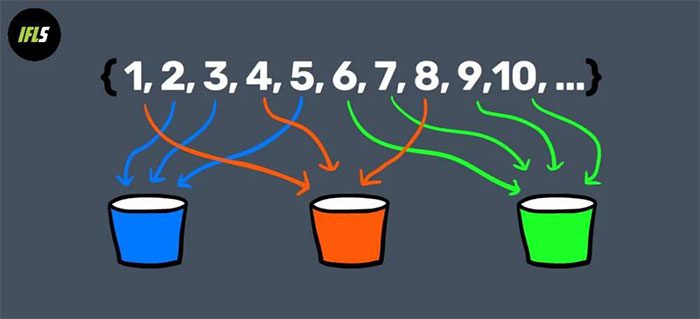
Then, Bloom simply repeated Croot’s method, now without needing to skip integers with large prime factors. Bloom’s method allows him to gain better control over those parts of the exponential generating function, and as long as a set contains a small fraction but is large enough—regardless of how small that fraction is—it is always inevitable to find sums equal to that unit fraction.
“This is an outstanding solution,” said Izabella Łaba, a mathematician from the University of British Columbia: “Combinatorial number theory and analysis have developed significantly over the past 20 years. This allows us to revisit the old problem with a new perspective and more efficient solutions.“
With his new solution, Bloom has now completely proven a problem that originated in ancient Egypt. But this is not the end of a story that has lasted over 4,000 years.
Bloom stated that the problem could continue to evolve as modern number theory is still developing. “I am currently working to formalize the proof in Lean, what is called a ‘proof assistant,’” he said. “This is an exciting new field where we have computers to formally check proofs at a much stricter level than basic human mathematics.“
A new question will arise: Can you find an infinite set of positive numbers for which no subset of its reciprocals sums to 1?




















































